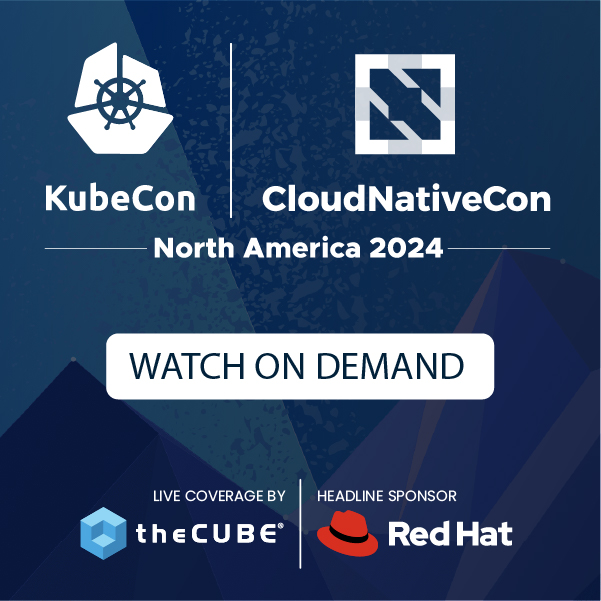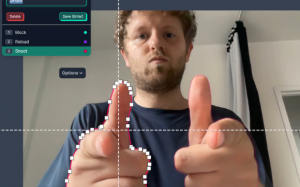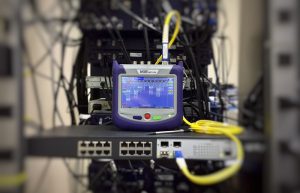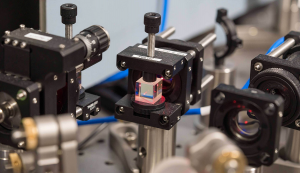Attention eBook Manufacturers: It Isn’t the Coolness, It’s the Price That Matters [An Open Letter]
![]() While it isn’t the coolness that matters most, when you unveil yet another cool new eBook reader, we all do salivate quite a bit.
While it isn’t the coolness that matters most, when you unveil yet another cool new eBook reader, we all do salivate quite a bit.
I’ve been following what’s been happening in the world of e-Ink since 2004-ish, when I first started developing for the technology. Later on, when I started writing and producing at Mashable, I did a great number of videos and podcasts with Sean P. Aune on the topic. To this day, if we need to produce a podcast and can’t come up with a topic, we joke that it’s time to trot out the ol’ e-Ink topic.
I bring all this up today because there’s yet another really cool looking eBook reader that’s been unveiled today, this one from LG.
![]() I saw the story at Inhabitat:
I saw the story at Inhabitat:
“[The new] product features a 19-inch-wide display at a thickness of 0.3 millimeters – about the size of five sheets of paper. Unlike other e-readers currently on the market, the new technology bends and returns to its original shape, giving it the look and feel of a printed page. LG’s 19-inch-display reader is just for show, but the company plans to launch an 11.5-inch, flexible e-paper product in the first half of 2010.”
The text gives the release date, but the pictures tell the whole story. This is essentially the Minority Report style eBook reader we’ve all been waiting for (myself, particularly).
There are two big problems with eBook readers, coming from someone who’s worked with the technology as an engineer as well as someone who’s covered the space as a content producer for the intervening years. These two problems are the true hurdles that the industry needs to overcome if they ever hope to have more than a loyal but ultimately niche audience for their products.
1) Fix Your Business Model
I’m not paying $300 to $1000 up front for an eBook reader, particularly when I can buy the developer kit for $2,000 and have a blank slate that allows me to do what I want with it.
The creation and distribution of PDFs and viewing a document is not exactly new technology. E-commerce isn’t a new concept either. Having a portable, low powered computing device that probably runs Linux isn’t exactly Earth shattering news.
What’s so special about an eBook reader, then?
The display. The e-Ink. That stuff’s cool, it’s unique, and it allows you to truly sit down with a document of any type, read it to conclusion, and not experience eye-fatigue. That’s unique just about any you look at it. The technology, though, is not that expensive. I’ll get more into that in a minute, but suffice it to say that if any one of these companies cared to really make eBook readers mainstream, they could easily subsidize the price of these products and make it up on the back end.
I don’t have the numbers in front of me, but I remember talking on one of the infamous podcasts Sean and I did about the fact that outlets like Time, Esquire and the Wall Street Journal spend more money each year, per subscriber, on dead-tree-distribution than the cost of a Kindle.
If that’s the case, why not lock in your subscriber buy buying them an eBook reader? Sell them a two year subscription, give them a free reader.
Or better yet, if you’re Amazon, sell them $300 in book vouchers up front, and give them the free Kindle. Do some comparative analysis on what all that free shipping costs and amortize the cost of the eBook reader.
This isn’t hard. Just do it! It’s better for your bottom line, and it makes your customers happy
2) Mass Produce Your Freakin’ Devices
This one is simple – the problem with the majority of these eBook releases is that the manufacturing run seems to be too small. There’s no other explanation for how an overpriced, unheard of device like the version one Kindle can sell out as quickly as it did.
Here’s an example of the problem.
When it was first unveiled at Demo, the PlasticLogic eBook reader took my breath away – now this looked like a reader done right.
The price was just announced at CES this year. I talked about it with Sean on CobWEBs, but my shame was to great to do a post over here at the site – the cost of the device is said to be around $800.
Not gonna happen, folks. You’ll never see me pick up a device like this for a price like that. And I can almost guarantee you that the reason it’s so expensive has to do with the limited run of them they’re making.
When I worked with the technology, you could buy a developer kit which gave you flexible displays to work with and a full Linux capable set of hardware to develop a set of interfaces on top of – for around $2,000.
That’s right – a blank slate for $2,000. Cutting that price in half for a finished product is a fail of epic proportions, particularly when you can buy the e-Ink display material for around $40 per square yard, a price almost cheap enough to use it for wallpaper.
These two factors, addressed in tandem, would be the only thing that revolutionize the way we read printed materials.
A message from John Furrier, co-founder of SiliconANGLE:
Your vote of support is important to us and it helps us keep the content FREE.
One click below supports our mission to provide free, deep, and relevant content.
Join our community on YouTube
Join the community that includes more than 15,000 #CubeAlumni experts, including Amazon.com CEO Andy Jassy, Dell Technologies founder and CEO Michael Dell, Intel CEO Pat Gelsinger, and many more luminaries and experts.
THANK YOU













